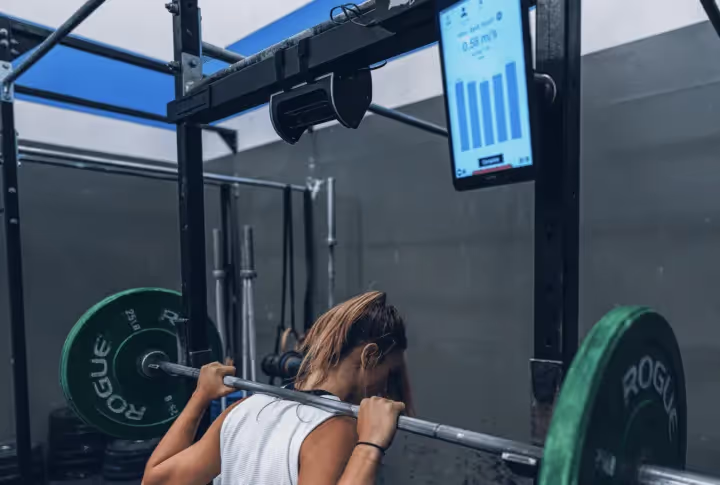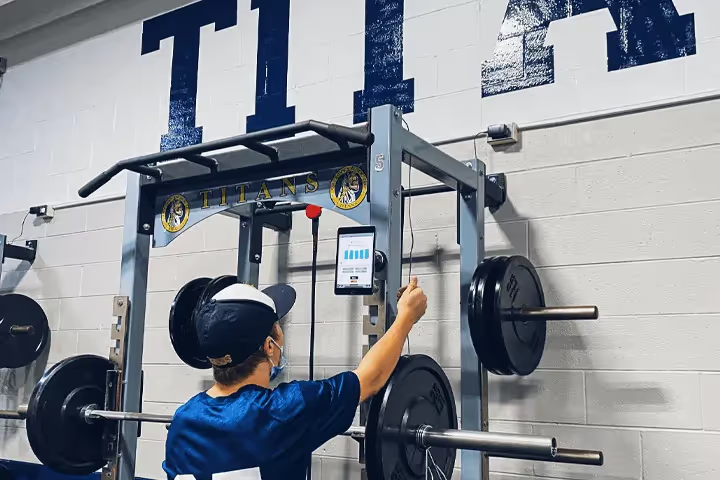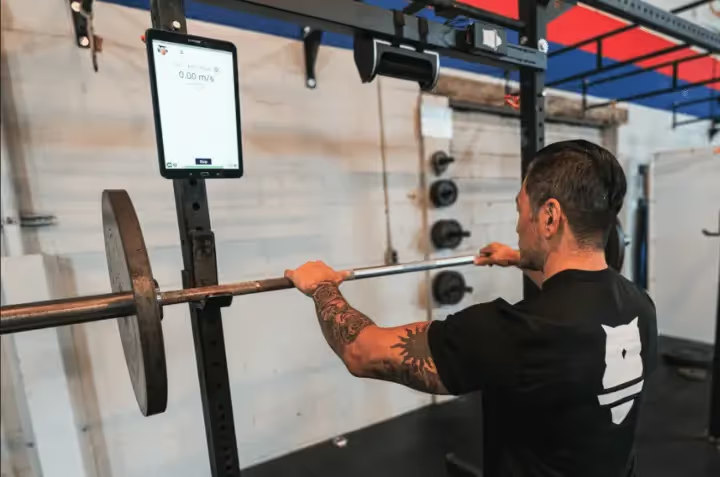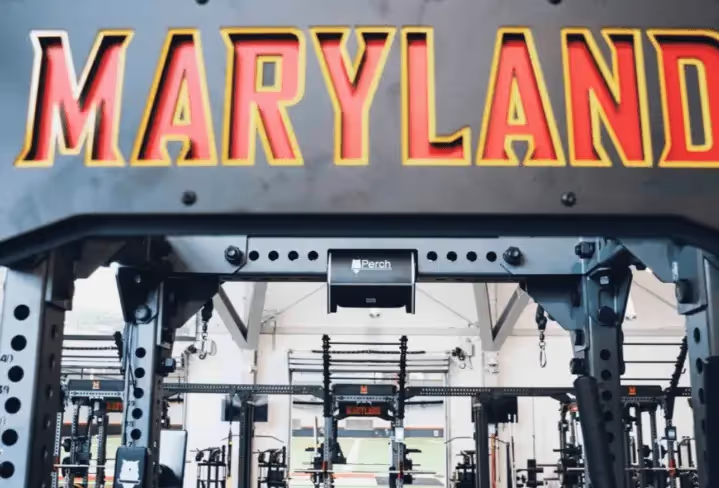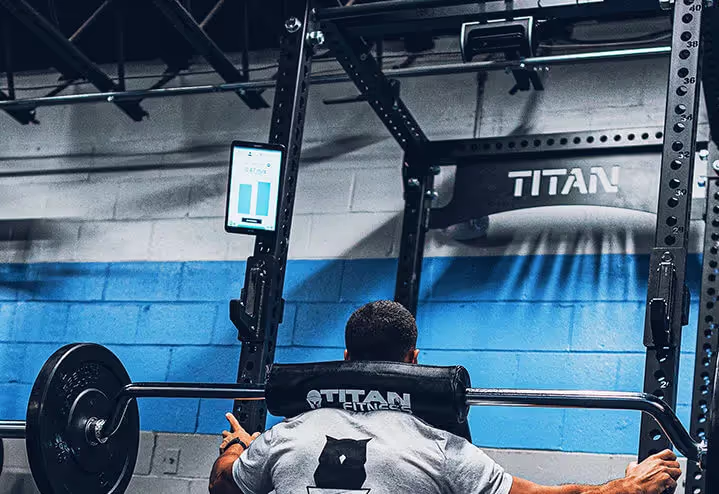Strength Training Load Progression and Velocity-Based Training

When it comes to strength training, the path to peak performance isn’t just about how much weight you can lift. It’s about understanding the science behind load progression and leveraging cutting-edge tools to enhance your training. At Perch, we believe in the power of data to unlock your full potential. In this post, we’ll dive deep into how to understand strength training load progression using velocity, power, and more.
The Basics of Load Progression
Strength training load progression refers to the systematic increase in the weight, volume, or intensity of exercises to continually challenge your muscles. This progression is crucial for building strength, power, and muscle mass. However, traditional methods of load progression often rely on subjective measures, such as perceived exertion or percentage of one-rep max (1RM). While these methods have their merits, they can be imprecise and fail to account for day-to-day fluctuations in performance.
Enter Velocity-Based Training
Velocity-based training (VBT) is a game-changer. By measuring the speed at which you lift a given load, VBT provides objective, real-time feedback that can inform your training decisions. The fundamental principle of VBT is that the velocity of a lift correlates with the intensity and effort. Simply put, the faster you lift a weight, the lower the relative intensity, and vice versa.
How VBT Works
Using VBT involves a device, such as Perch, to measure speed of movement. Perch has 11+ unique metrics for lifts and 4 unique metrics for jumps as well that span far beyond VBT. But for our purposes with this article - the device tracks the speed of your lifts and provides instantaneous data. With this information, you can adjust your training load to match your current capabilities, ensuring you’re always training at the optimal intensity.
The Role of Power Outputs
Power output is another critical metric in strength training. It’s a measure of how quickly you can move a load, combining both force and velocity. Power is a key indicator of athletic performance, especially in sports that require explosive movements.
Measuring Power
Power output can be calculated using the formula:
Power=Force×Velocity
In practical terms, force is the load you’re lifting, and velocity is how fast you’re lifting it. By tracking power outputs, you can gain insights into your explosive strength and adjust your training to maximize power development.
Integrating VBT and Power Outputs into Your Training
To effectively use VBT and power outputs for load progression, follow these steps:
- Baseline Assessment: Begin by assessing your current strength levels and establishing baseline metrics for velocity and power. This can be done through a series of tests using submaximal loads.
- Set Velocity Zones: Based on your baseline data, establish velocity zones for different training goals. For example, speed-strength training might occur at velocities above 1.0 m/s, while maximal strength training might be at velocities below 0.5 m/s.
- Monitor and Adjust: During your workouts, continuously monitor your lift velocities and power outputs. Adjust the load based on your performance. If your velocity drops below the target zone, reduce the weight. If it’s too high, increase the weight.
- Track Progress: Keep a detailed log of your velocity and power metrics over time. This data will help you identify trends, make informed adjustments, and track your progress objectively.
Benefits of VBT and Power Outputs
Precision Training
By using objective data, VBT and power outputs eliminate guesswork from your training. You can precisely dial in your intensity levels, ensuring you’re always working within the optimal range for your goals.
Adaptability
VBT allows for auto-regulation, meaning you can adjust your training loads in real-time based on your current performance. This adaptability is particularly useful on days when you’re feeling fatigued or exceptionally strong.
Enhanced Performance
Training with a focus on power development can lead to significant improvements in athletic performance. By optimizing your load progression with velocity and power, you’ll build explosive strength that translates to better performance in your sport. Train fast to be fast, train strong to be strong, and train with power and velocity to improve velocity and power - the foundations of great athletes.
Conclusion
Understanding strength training load progression through the lens of velocity-based training is a powerful approach to maximizing your gains. At Perch, we’re committed to providing you with the tools and insights you need to train smarter and achieve your goals. By integrating these advanced metrics into your training regimen, you’ll unlock new levels of performance and take your strength training to the next level.
Remember, it’s not just about lifting heavier—it’s about lifting smarter. Embrace the data, trust the process, and watch athletic progress catapult.
Read more about Perch here! And check out Product Videos here. And our support website here.
Back to basics? Review the origins of VBT and Strength Training!

Start Gathering Data With Perch Today!
Reach out to us to speak with a representative and get started using Perch in your facility.

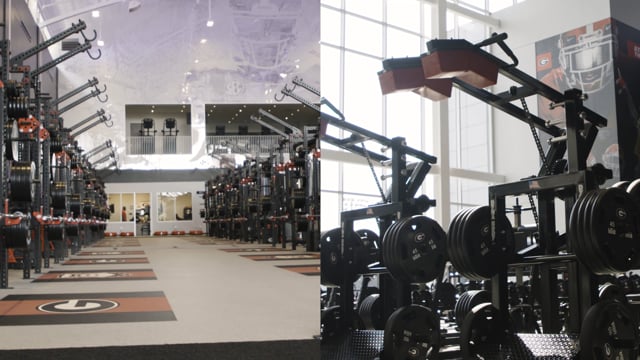
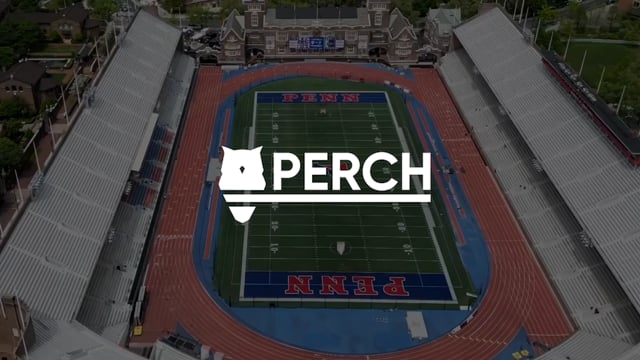

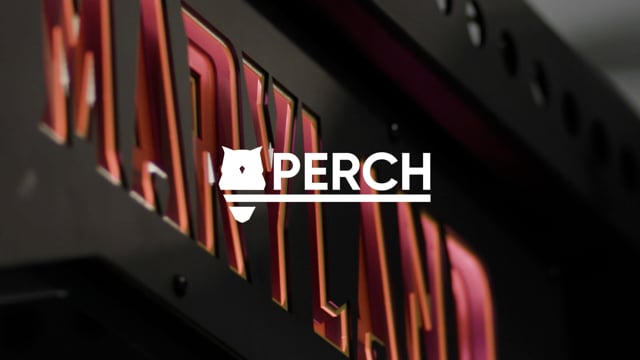
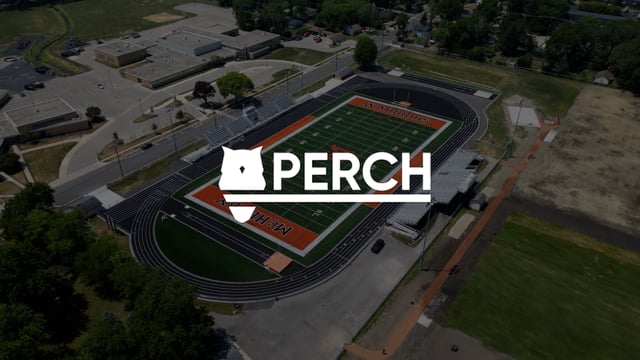
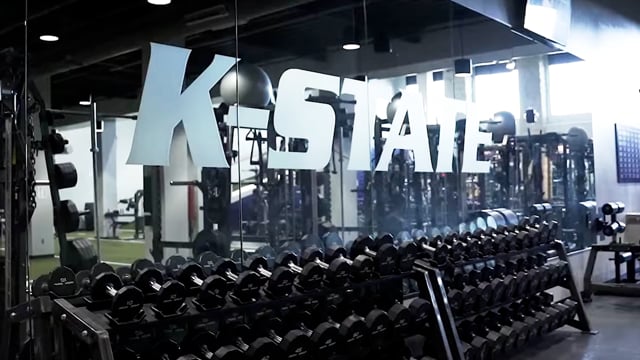


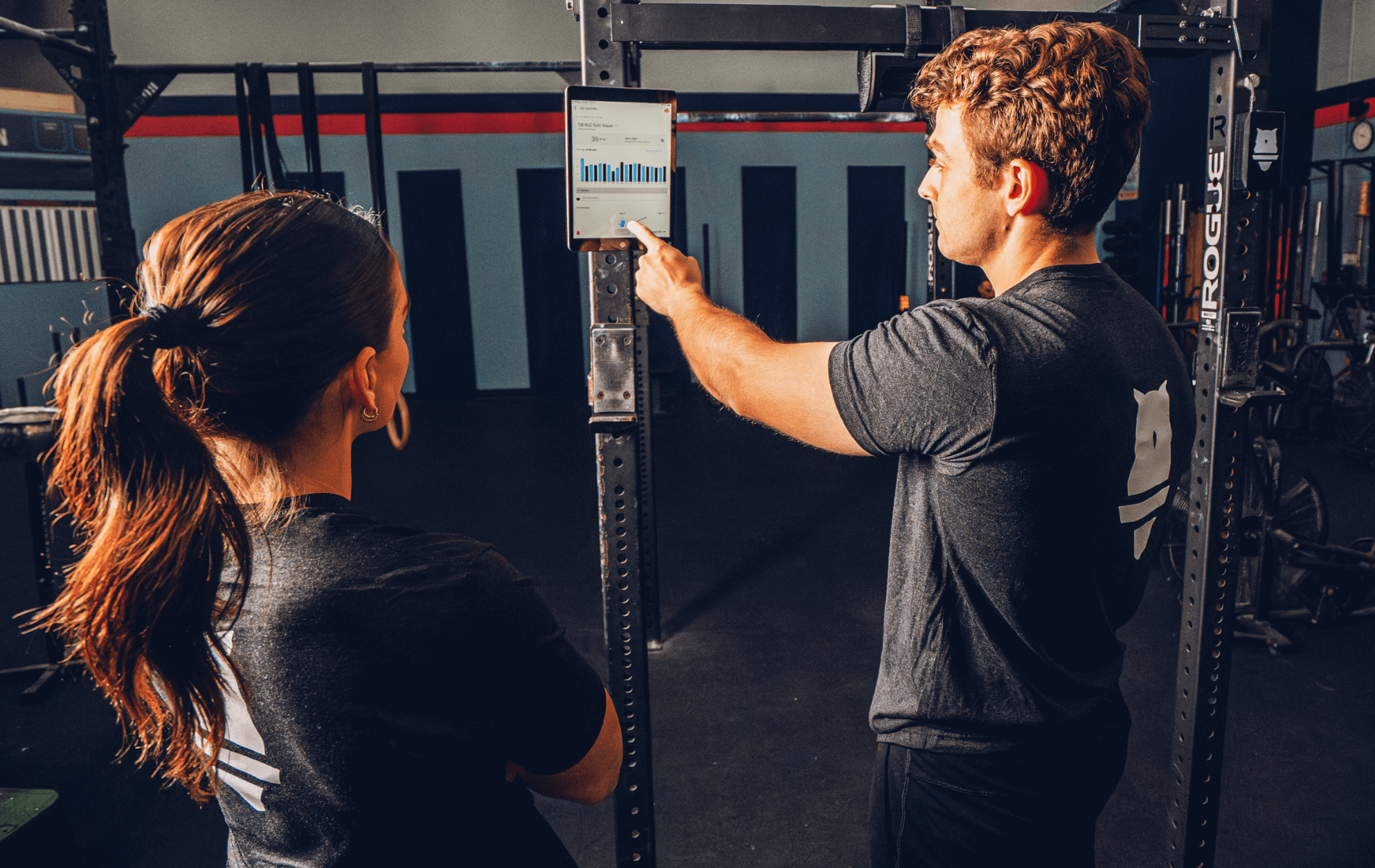































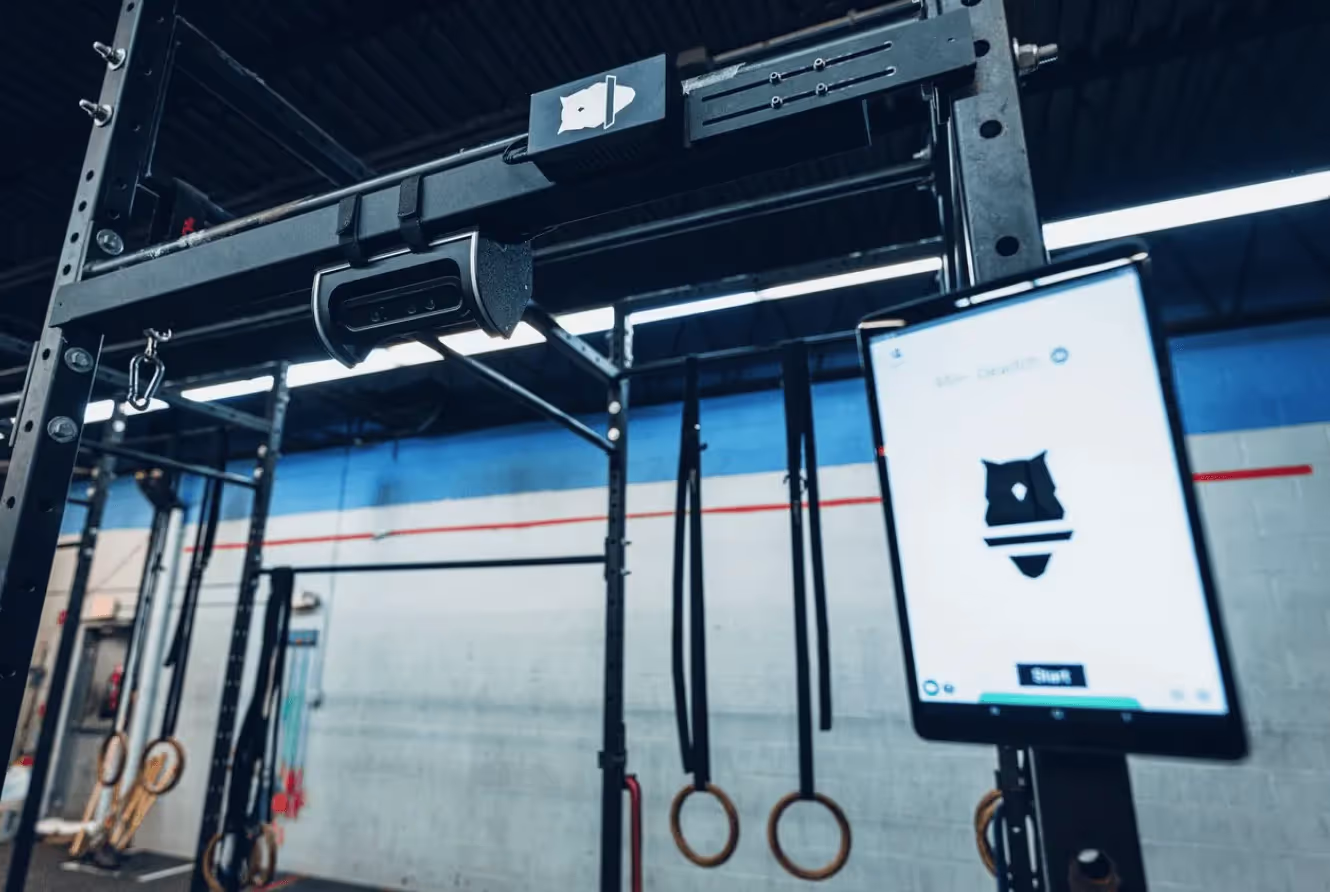
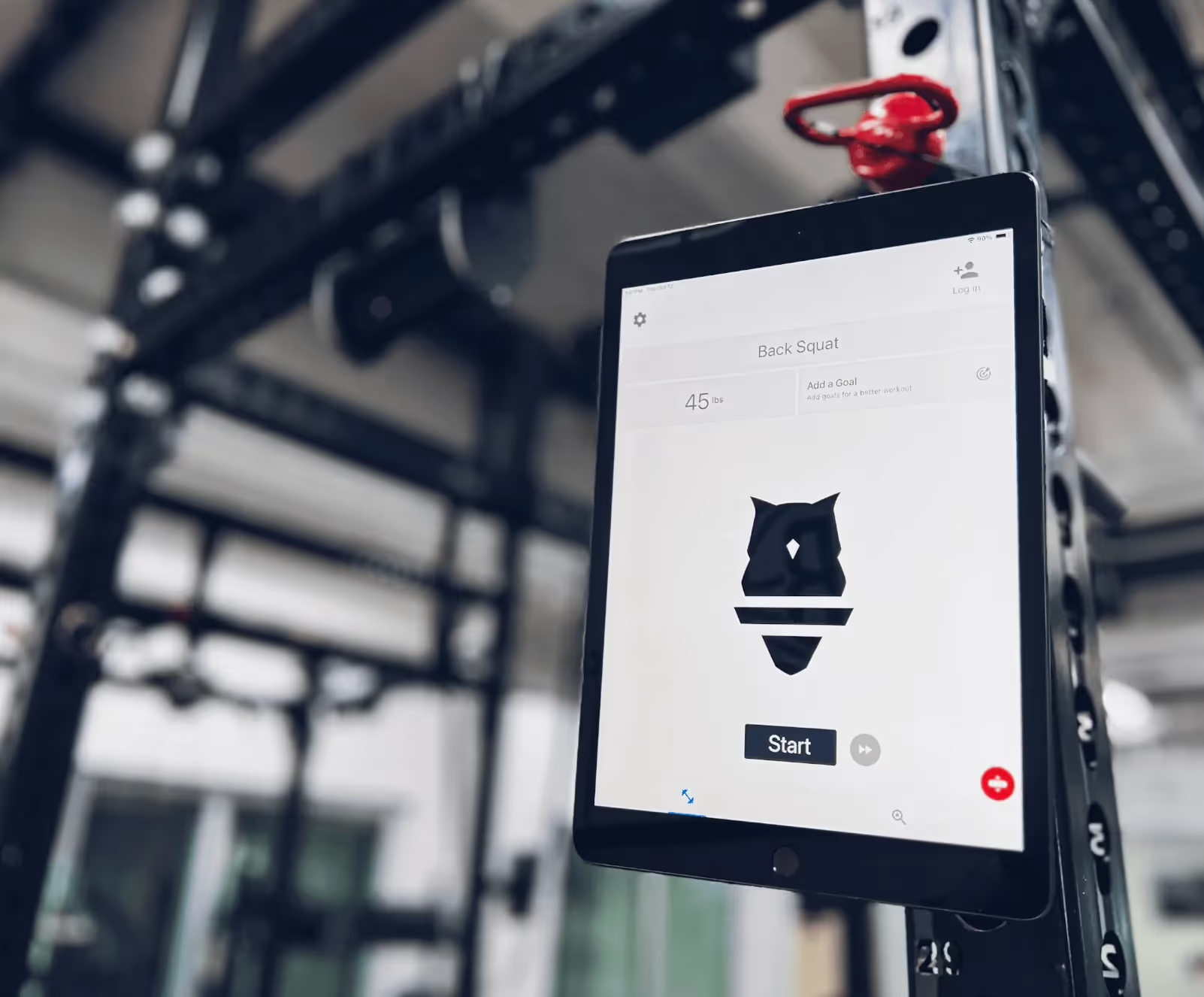



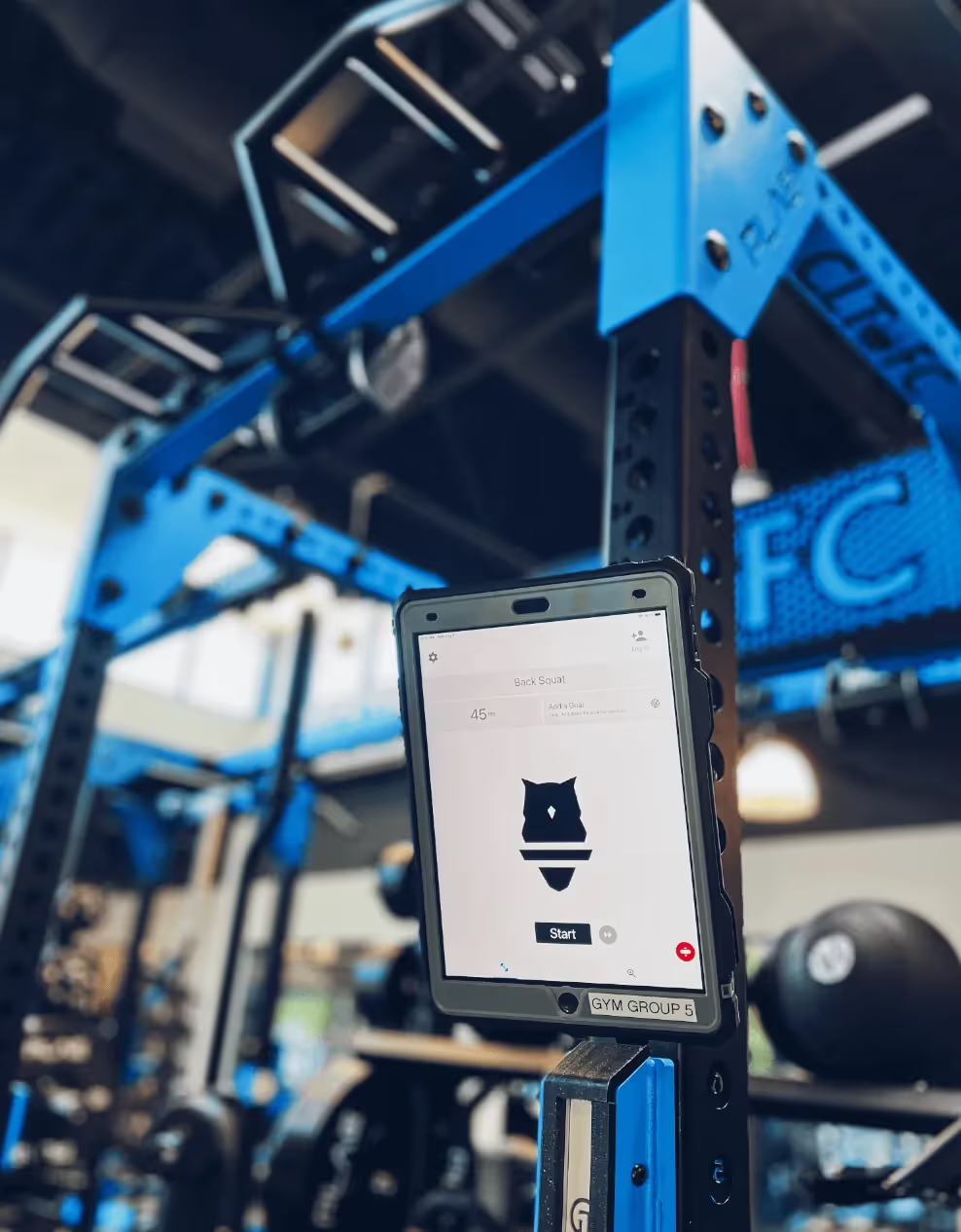
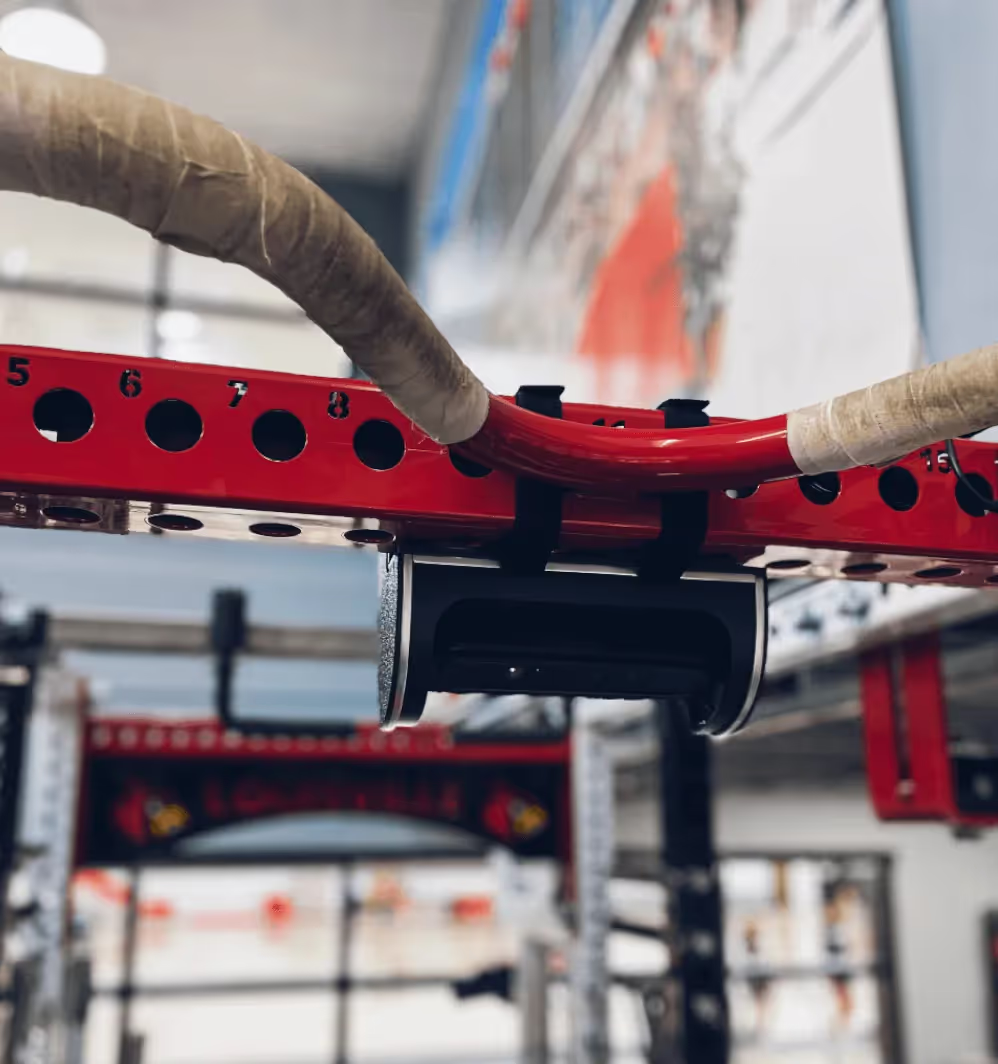









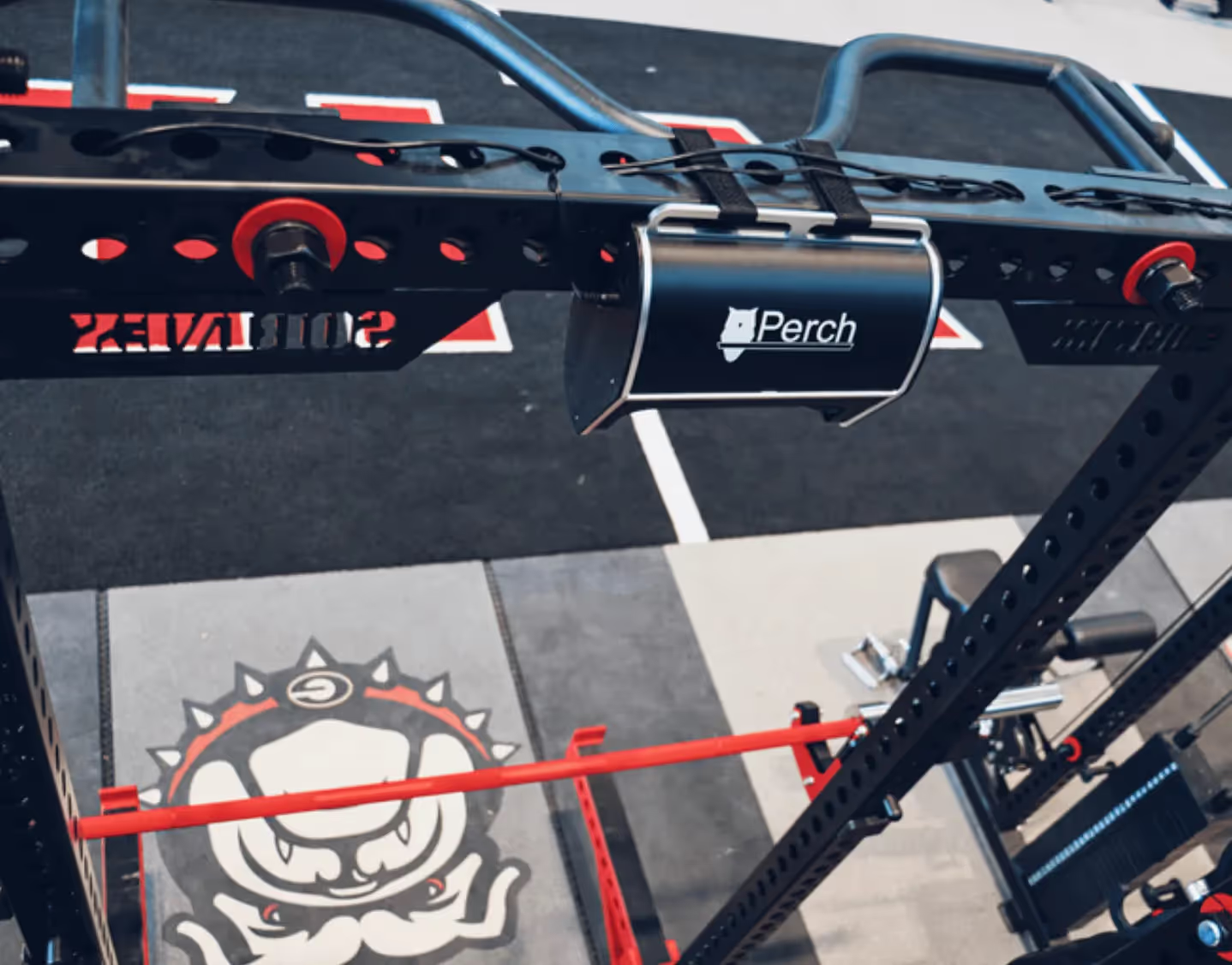





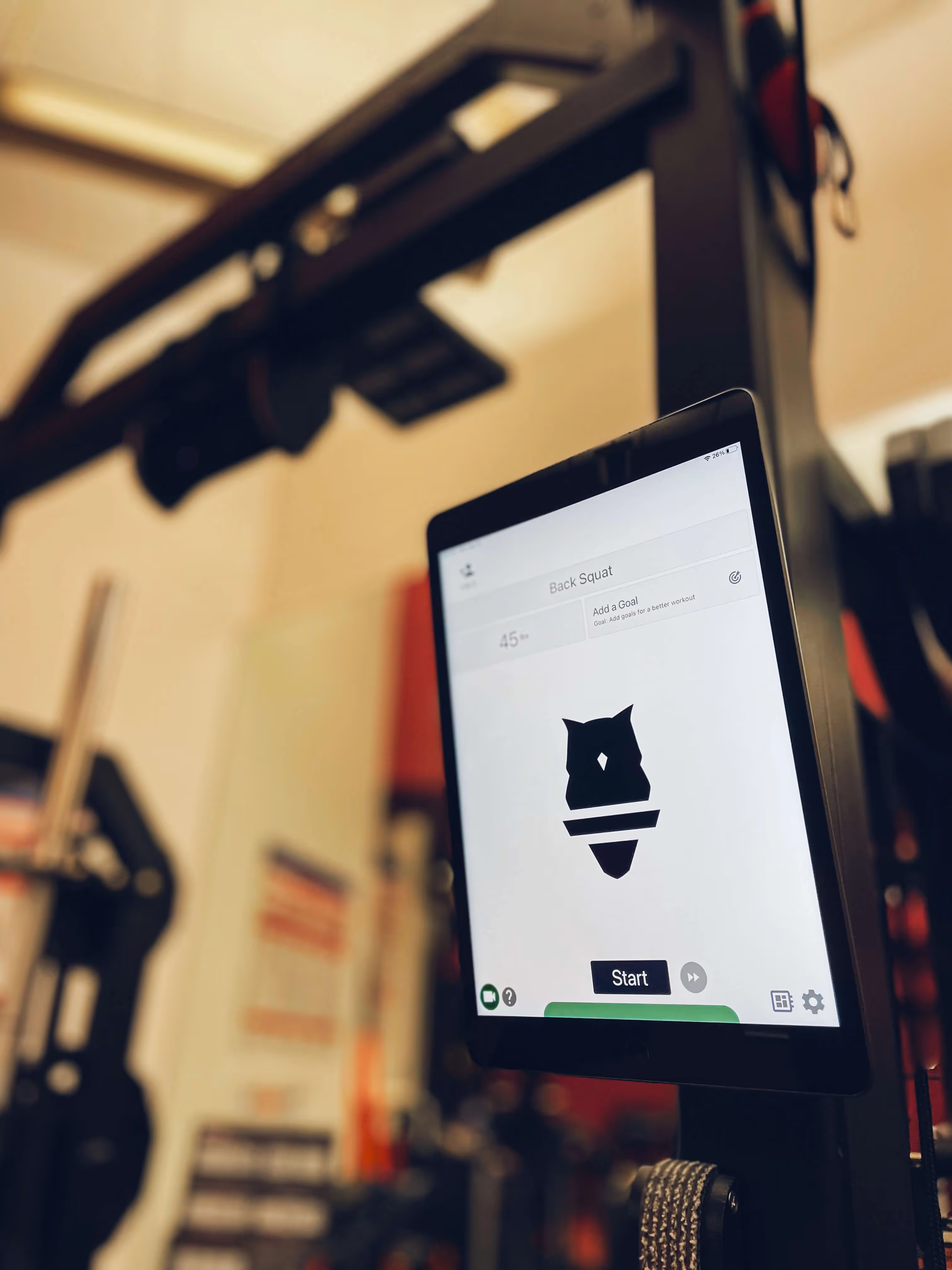








.avif)

